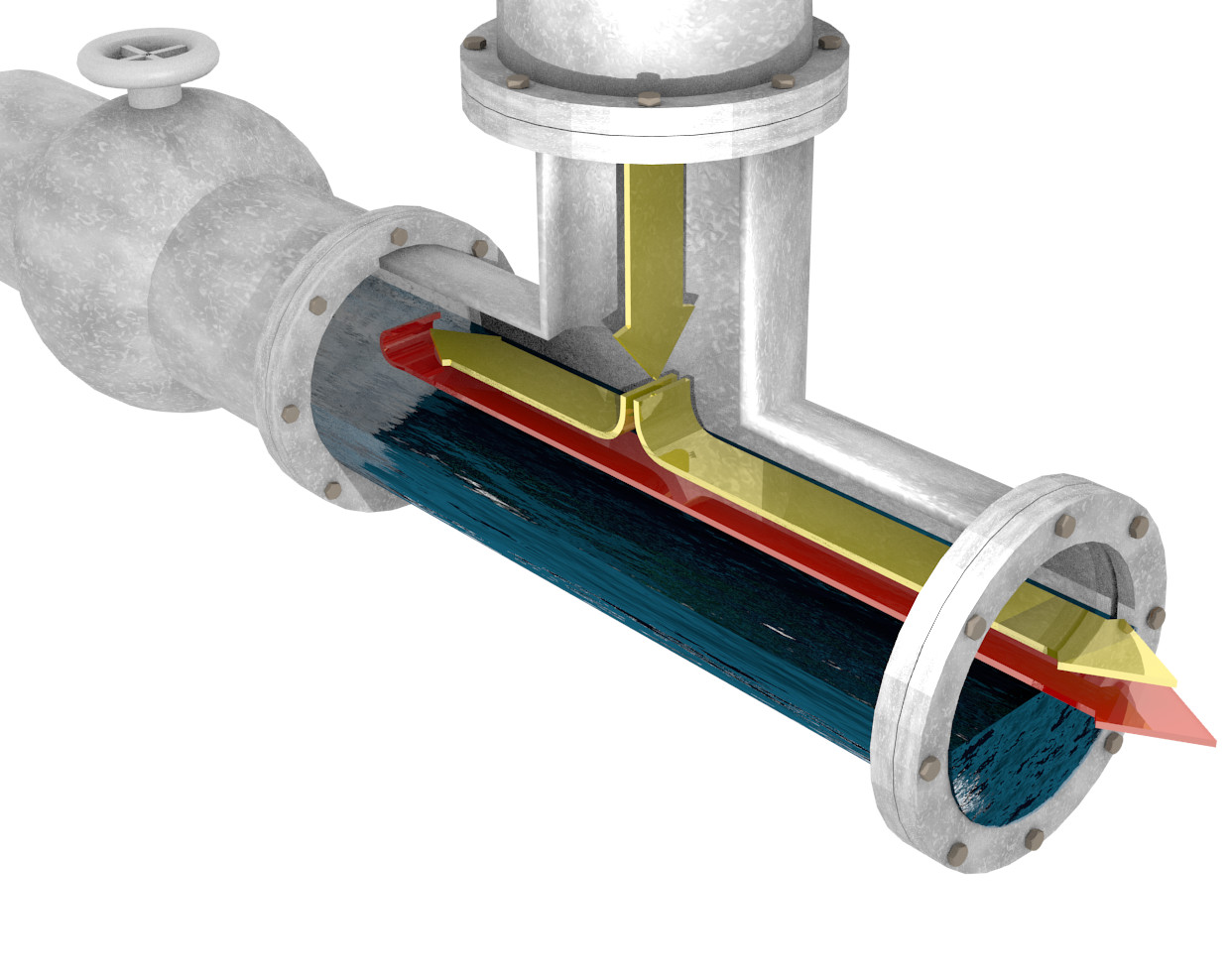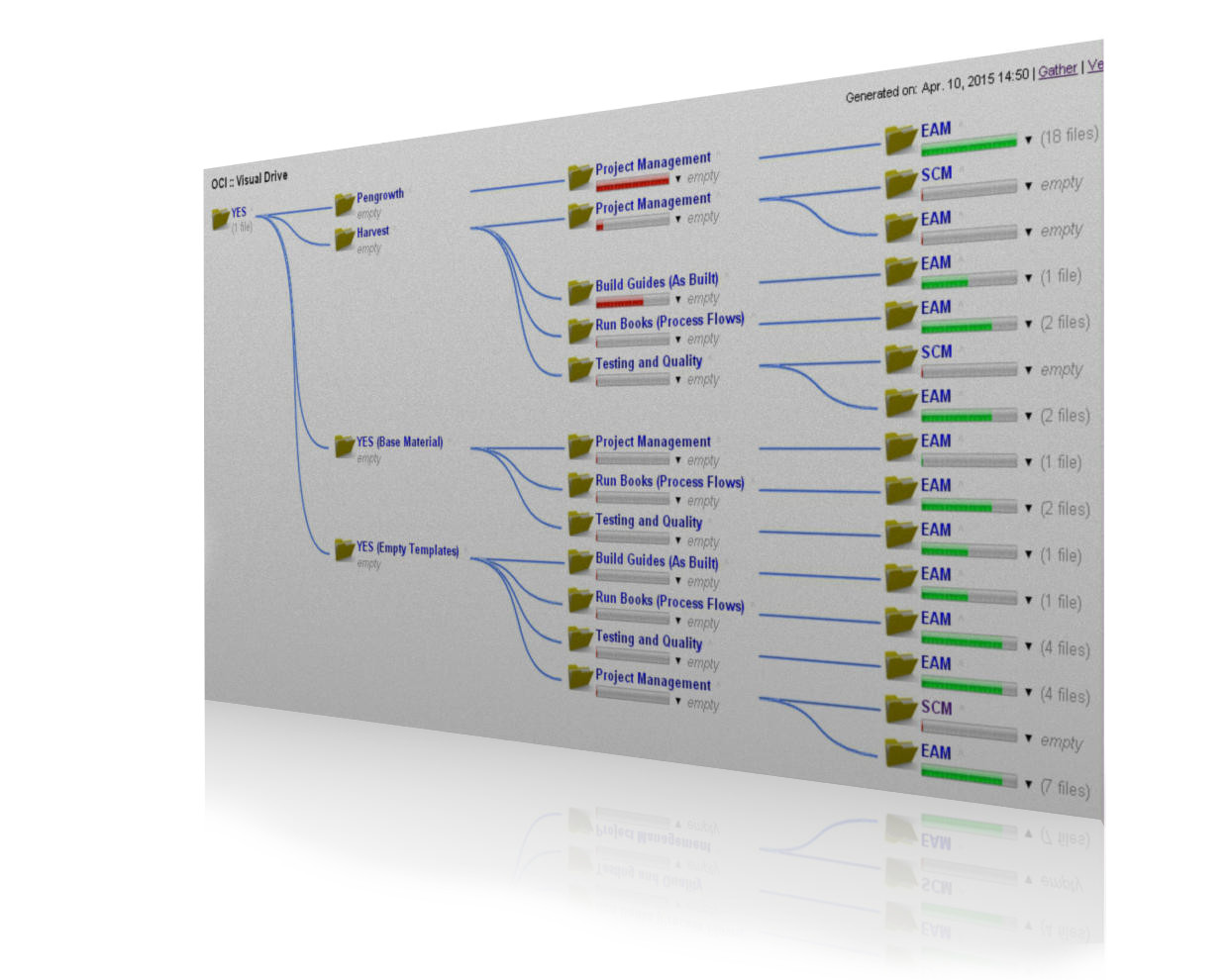| Information Animation |
Knowledge Boards |
Process Roadmaps |
Technical Writing |
 |
 |
 |
 |

Our single page dashboards mine your knowledge sources to provide visual status and one-click access to all your core processes.

|
|
When time is crucial, the last thing you want to be doing is running a wild-card search for documents, then scanning the resulting list for documents that might hold your answers, and then spending hours scrolling through poorly structured material, only to find your solutions are partial, or non-existent. Long before then, your staff has started employing ad-hoc solutions as a stop-gap measure: ones that now become your de facto operating procedures.
Our knowledge architectures locate and structure your material, organize it into a physical or virtual taxonomy that is easy to comprehend, and then present a single-page current view of all your critical and core processes. These can be accessed with one-click. No more guess work. No more spit and duct-tape. Find your business continuity plans when you need them!
All to often, new managers get fed up with trying to find the latest document, so they decide to spend money on a new repository. This is like buying a new garage when your gets too messy. The problem: in a year you have two messy garages. The solution isn't a new garage, it is a better way to automate the tagging of material so you can track and find it.
Our knowledge architectures sit on top of your existing repositories, reading from storage, database, file servers, web folders, LiveLink, SharePoint, etc... They present the completeness and correctness of your materials, so that you can see if they are up-to-date and going to answer your questions before you plunge into the weeds. These managed document spaces allow you to maintain documentation readiness at a low cost, rather than expensively re-documenting from scratch every few years.